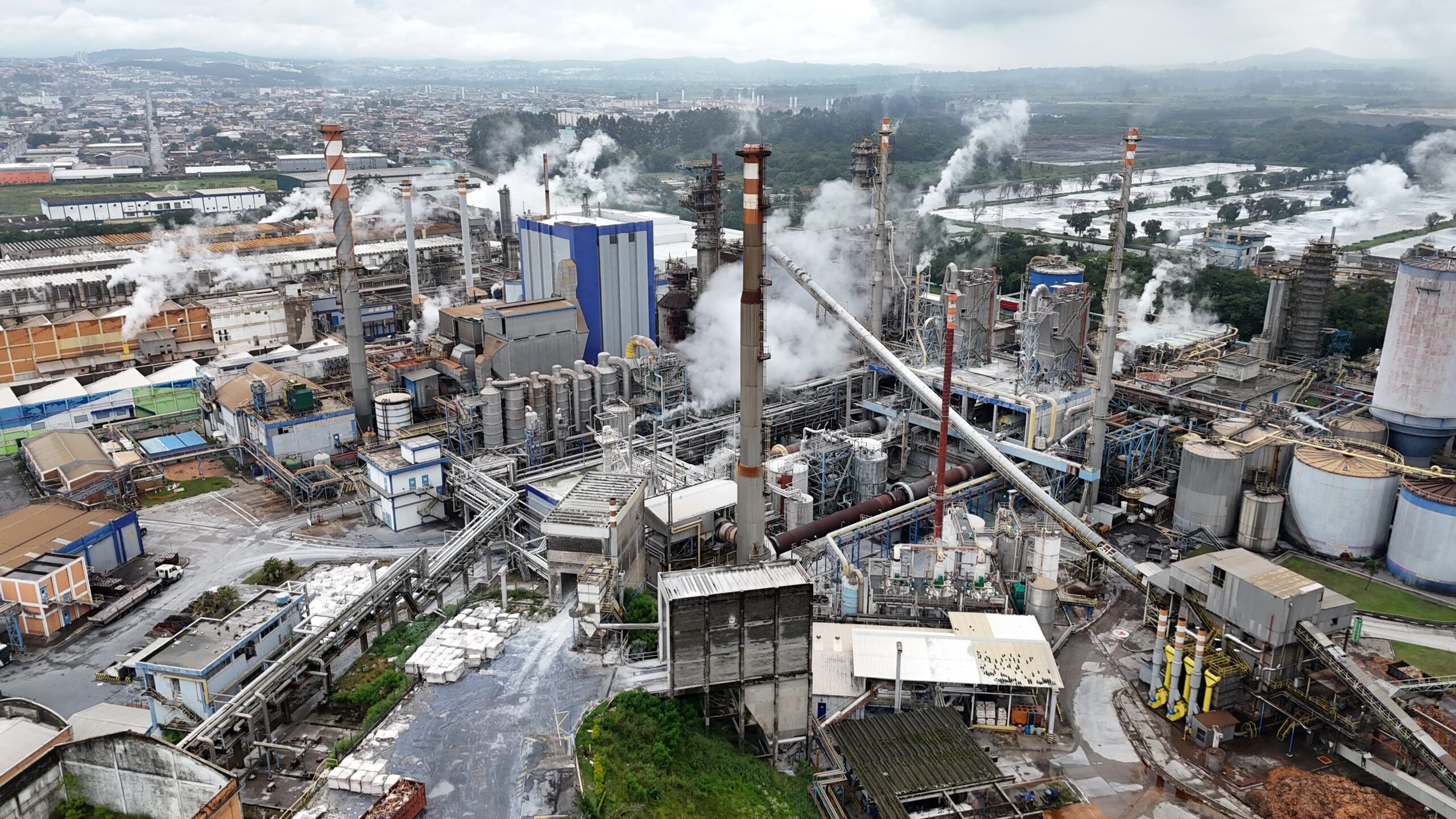Innovation
Research, Development and Innovation: Three Drivers of a Global Transformation

Generating new knowledge to disrupt different areas is a complex but fundamental mission.
The research, development and innovation trio have become essential not only from a purely economic standpoint, but it is also a key pillar in the search for the solutions to the challenges that society is facing.
There are more and more business organizations, specially once they reach a certain size, that form their own purpose-built R&D departments. In a constantly evolving, instant-demand type of market, lacking this department in-house forces business organizations to hire other companies to do their R&D.
But not only that. Dimitris Bountolos, Chief Information & Innovation Officer at Ferrovial and member of the Future Trends Forum advisory board, points out that “current research tends to concentrate in research centers, in increasingly specialized institutions focused on prescribing (often agnostically) the trends surrounding certain technologies”.
Despite the activity of these research hubs, some studies state that having your own productive, R&D department makes it easier to adopt and profit from developments made by other companies in your field, if necessary.
Over the years, investments in R&D have direct impact on the competitiveness and future of a business organization. The output of the research and development department is not aligned with short-term profits, but rather, it focuses on the long-term profitability. Therefore, it is closely linked to its future.
A company’s competitiveness depends greatly on its ability to innovate around its products and services.
Of course, the industry and size of a business organization are key to determine the feasibility of these departments and whether it is truly necessary to have these activities in-house. For example, big tech or healthcare spare no efforts in innovation and R&D, because they are at the forefront and highly experimental.
According to data from the EU Industrial R&D Investment Scoreboard, ICT companies account for 40% of the total investment in R&D, followed by healthcare (20.5%) and the car manufacturers and transportation (16.3%).
However, these activities are not within range for just any business organization. SMEs might find it more profitable to outsource these services and pay for the cost, which will be cheaper than having a permanent R&D department in house.
From a country perspective, the US leads in R&D investment, followed by the European Union and China. These countries have found a virtuous circle, where investing in research generates a good many patents, which in turn become products and services that payback for the initial investment.
Research: Unchartered Waters
Research is the first step of the process and the least predictable. When initiating research in a certain field, the teams have basically zero visibility of the finish line: will it be productive or a dead end? It is an adventure with an uncertain result, albeit necessary.
During this stage the goal is clear: generating new knowledge that will enable the creation of new products or services, or enhancements to already existing ones, in a later stage of development. As pointed out by Dimitri Bountolos, “exploration, the intersection between disciplines and unconventional approaches to problems are the tenets on which research thrives”.
At this point, there is an interesting difference between traditional research, which seeks to understand better a given concept, and applied research, which seeks to apply that concept in a real-life development. Applied research requires a greater financial investment. However, traditional research is more costly timewise.
Development: a Realistic Point of View
The research and innovation phases are deeply rooted in science. And then, the development phase is rooted in economics.
When the research phase yields conclusive results, the development teams—generally made up of engineers—try to apply the knowledge to reality, by creating or optimizing products and services or by designing new production processes and systems to improve a business organization’s competitiveness, with an eye towards the market.
As Bountolos states, “development models have evolved considerably of late, applying iterative standards and agile development methodologies simultaneously to reduce uncertainty in this stage, where you will find increasingly diverse profiles and disciplines.”
Better materials, more efficient technologies or more economical procedures might be a few applications of these developments, which are not always exclusively geared towards generating a new line of products or services.
Innovation Closes the Circle
During the research stage, time and money are invested to generate and further certain knowledge. During the innovation stage, one may say that knowledge is invested, seeking a return.
The Bankinter Innovation Foundation has formulated a definition of innovation that fits this perfectly: “Innovation are original ideas that generate social or economic value sustainably”.
Dimitri Bountolos shares this vision: “Innovation is the capacity to deliver tangible value by arranging the abilities, processes, and technologies in a new, unconventional way.
In the case of Ferrovial, Bountolos explains that its innovation processes are defined by a range of “horizons”, from “disruptive to incremental”. It is a constant process of searching and testing, and research is hands-on. “In a disruptive horizon, we want to test early and increase confidence by anticipating the horizon of plausibility. In a tactical horizon, we focus on the ability to scale up and consolidate the rollout of an innovative solution”, says the Chief Information & Innovation Officer at Ferrovial.
Innovation happens in the context of activities, it means action. The knowledge generated is invested to further the services and products of a company, transforming them into something new that adds value.
This value transcends the purely economic, as we mentioned. Innovation has deep ties with the great societal challenges. It is the way to respond to the challenges and deliver solutions to effect a true transformation towards a more sustainable future at all levels.
Research, development, and innovation are three milestones in a circular system. The knowledge gained with research is the trampoline for the products and services developed, and the capital we invest to innovate and take these products and services to the next level.
The significance of investing in the research and development stages is directly linked to key economic factors, such as productivity or profits. The numbers are quite clear: For every dollar invested in R&D, there is two in return.
Seeing R&D as a luxury is something of the past. This trio has become the great driver of prosperity and economic and social change, as well as the definite driver of competitiveness for companies. A recipe that ultimately has positive impact on society.







